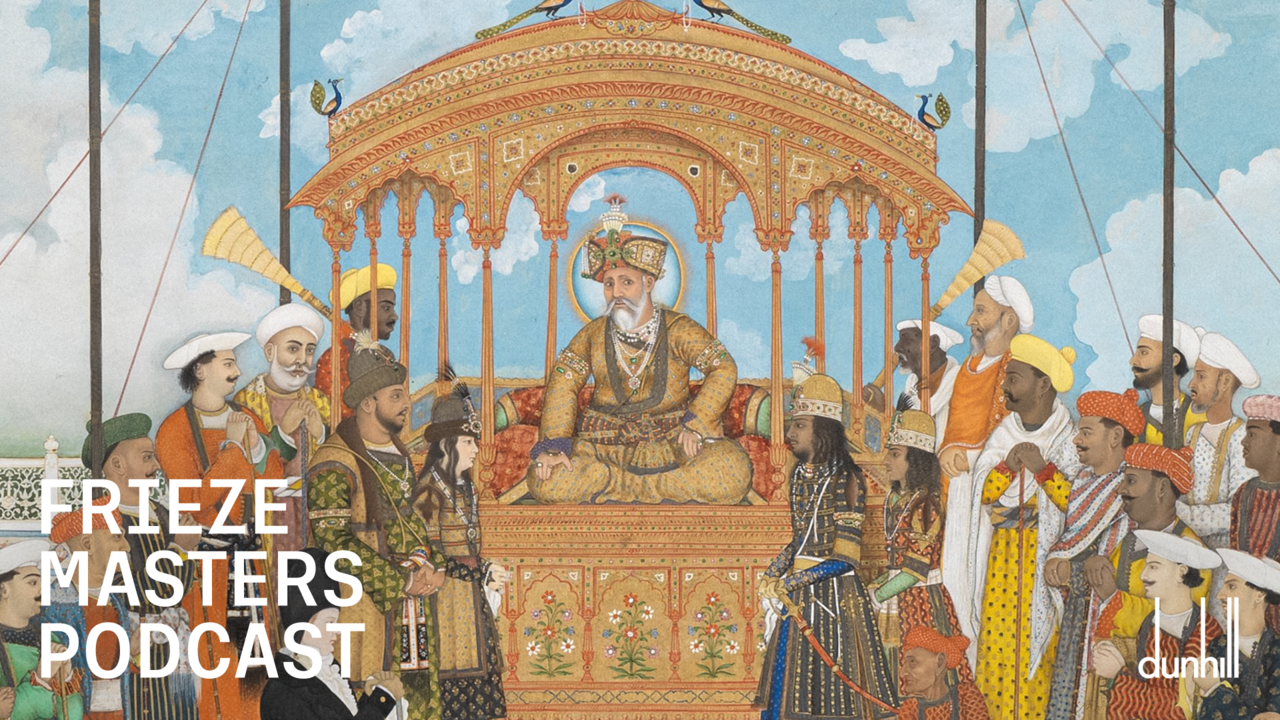Hustle your bustle
Burlesque costume
Burlesque costume
Images of scantily-attired burlesque queens have been passed down through the ages, paving the way for contemporary costume to both embody and question current feminine ideals. Madonna’s Gaultier-designed cone bra and bustier recalled the early witticism of showgirl and striptease style – ingeniously designed and devised costumes which exploited the wearer’s best assets and satirized sex appeal in the process. Since we have long since entered an age in which the display of flesh is commonplace, there is a certain nostalgia for that which is hidden rather than revealed.
The fashion world’s recent fascination with the burlesque costumes of La Belle Époque present a highly interpretative version of the period and its attire. The film Moulin Rouge (2001) and the current proliferation of corsetry for the 21st-century woman are best defined as ‘loosely based’ upon historically accurate costuming.
The original showgirls of the Moulin Rouge (Jane Avril, Yvette Guilbert and La Goulue, to name a few), which opened in autumn 1889, subscribed to the 19th-century taste for a physically solid female form. Their ample curves were encased in bloomers and black stockings – a glimpse of naked flesh was unheard of. Bloomers were slit up the front and back and stockings were required by management to prevent the audience from an undue peek at female anatomy. La Goulue had a red heart embroidered on the seat of her bloomers – an early precursor of the stripteaser’s ‘gimmick’.
At the Folies Bergère, which opened in 1869, one could see the great courtesans of the day: La Belle Otero, Liane de Pougy and Emilienne d’Alençon, whose secondary careers were intimately linked to their notoriety on stage as burlesque queens. La Belle Otero’s fiery temper and oft-documented rivalries with fellow courtesans gave added tension to her stage act as a flamboyant Spanish dancer. It is said that Emilienne possessed a corselet made entirely of diamonds – its maker? Cartier, of course.
Burlesque costume has influenced ‘civilian’ fashion dating from first performances at the Folies Bergère and Moulin Rouge. Audiences of both genders flocked to see the latest wardrobe trends of the celebrated showgirls. While the men were enjoying the female physique, women were looking to see what the burlesque queens were wearing and how it could be translated into clothing befitting a ‘lady’; they required an air of elegant sexiness – a temperate mixture of modesty and vice. Although there may be no hope of a return to the days when a glimpse of ankle was considered shocking, the legacy of burlesque costuming and its influence on current fashion allows a hint of the appeal of the tease.














